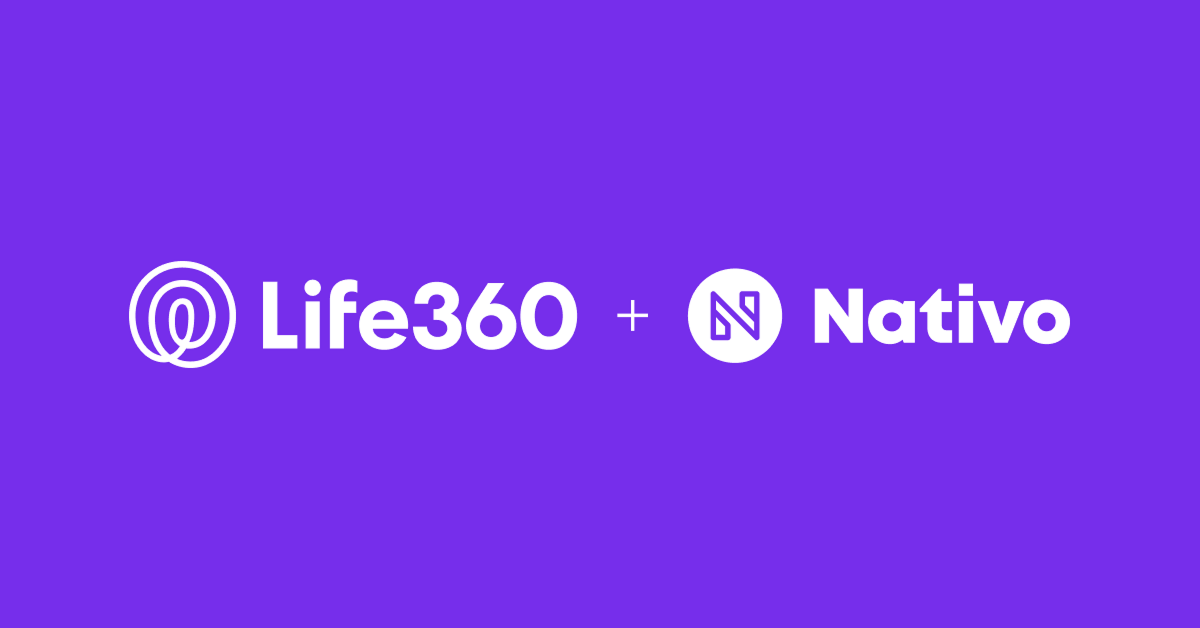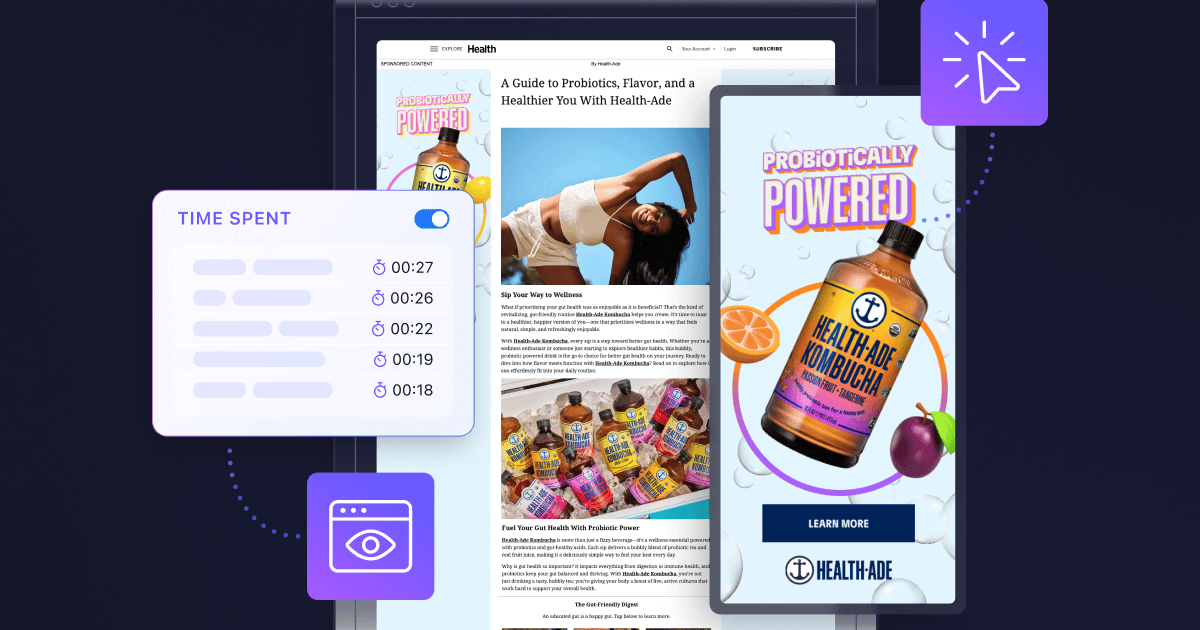How Does Retail Media Work?

In 2024, worldwide retail media spend is expected to top $140 billion. This staggering figure highlights not just the fast-growing investment in retail media but also the fast-growing importance of retail media in the digital advertising landscape. As brands increasingly look for ways to directly engage consumers and harness valuable purchase and other first-party data, retail media is becoming a go-to channel. But what exactly is driving this growth, and how does retail media work?
Why Retail Media Is on the Rise
Retail media, a major component of the larger commerce media space, is one of the fastest-growing segments of digital advertising because it offers brands a unique opportunity to reach consumers where they’re actively shopping. Unlike traditional ads, which interrupt the browsing or content-consumption experience, retail media placements appear in an environment where shoppers are already primed to make purchasing decisions. By leveraging retailer data, brands can precisely target their ads to reach the right consumers at the right time—right when they’re most likely to convert.
Moreover, retail media allows retailers to monetize their digital properties while providing brands with detailed insights into the shopping journey. This creates a mutually beneficial ecosystem where retailers, brands, and consumers all win. Brands get access to valuable, intent-rich data, while consumers see ads that are more relevant to their needs and shopping habits. For retailers, the growth of retail media represents an opportunity to drive additional revenue through their online and offline assets.
What Is Retail Media?
Retail media refers to advertising placements on a retailer’s website, app, or other owned media channels. These placements allow brands to promote their products to consumers who are actively shopping on the retailer’s platform. Retail media leverages the retailer’s own data—and, in some cases, the first-party data of the advertiser as well—making it highly targeted and relevant.
For example, when a customer browses a retailer’s website, they may see product ads from brands based on their past purchases or browsing behavior. These ads can appear in various formats, such as sponsored product listings, display ads, or even on the retailer’s social media channels. By serving up ads in a retail context, brands can reach shoppers while they’re making purchase decisions, increasing the likelihood of conversion.
Some examples of popular retail media platforms include:
- Amazon Advertising: The largest retail media network, where brands can reach customers through product listings, display ads, and video ads on Amazon’s platform.
- Walmart Connect: Offers brands various ad formats on Walmart’s website, app, and even in-store.
- Target’s Roundel: Provides brands with access to digital ads on Target.com and within its app, along with broader campaign options like social and video placements.
How Data Powers Retail Media
Data is at the heart of retail media, allowing brands to leverage the retailer’s consumer insights for highly targeted ad placements. To power retail media networks, retailers collect valuable first-party data on their customers, including purchase history, browsing behavior, and demographic information. This data enables brands to target shoppers and create personalized ads that resonate with individuals.
Brands with Abundant First-Party Data: For brands that already have a wealth of first-party data, retail media offers an opportunity to augment their insights with even more context about consumer shopping behavior. These brands can use their data to create sophisticated audience segments, then layer in the retailer’s data for even greater precision. This can be particularly effective for high-consideration products, as brands can target consumers who have shown interest in their category but haven’t yet made a purchase.
Brands with Limited First-Party Data: Retail media is also valuable for brands that don’t have much first-party data, as they can tap into the retailer’s rich data pool to identify and reach their target audience. Retailers can provide insights into which consumers are likely to be interested in specific products, helping brands to engage consumers they might otherwise miss. This is especially beneficial for new or niche brands that are looking to gain traction with particular demographics.
How to Place a Retail Media Buy: Step-by-Step
Placing a retail media buy typically involves the following steps:
1. Define Your Objectives: Determine what you hope to achieve, whether it’s increasing sales, boosting brand awareness, or driving traffic to your product pages.
2. Select the Retail Media Platform: Choose a retailer whose customer base aligns with your target audience. For example, if you sell beauty products, Sephora’s retail media network could be a good fit.
3. Set a Budget and Bidding Strategy: Decide how much you’re willing to spend and whether you’ll use a cost-per-click (CPC) or cost-per-impression (CPM) bidding model. Many retail media networks offer automated bidding to maximize your budget.
4. Create Ad Assets: Develop the creative assets for your campaign, such as product images, videos, or banner ads. Tailor your messaging to align with the retailer’s platform and your campaign goals.
5. Choose Targeting Options: Leverage the retailer’s data to select specific audiences based on demographics, shopping behavior, or past purchase data.
6. Launch and Monitor the Campaign: Once your campaign is live, monitor performance metrics like click-through rates, conversions, and return on ad spend (ROAS). Adjust your targeting or bidding strategy as needed to optimize results.
Tailoring Your Retail Media Strategy to Your Brand
Retail media isn’t a one-size-fits-all solution. It’s essential to tailor your strategy to your brand’s unique needs and goals. Consider factors such as your brand’s level of first-party data, the platforms your target audience frequents, and your budget. For example, if your brand is well-known but has a limited budget, focusing on lower-funnel placements like sponsored product ads can be more cost-effective.
On the other hand, if your brand is new and needs to build awareness, investing in display or video ads on a platform with a broad reach could be beneficial. By carefully aligning your retail media strategy with your brand’s objectives, you can maximize the impact of your campaigns and reach shoppers at the moments that matter most.
Retail media, as an important part of the commerce media landscape, offers brands a powerful way to engage consumers and leverage rich data to drive results. As retail media continues to grow, brands that understand how to navigate this landscape and tailor their strategies accordingly will be well-positioned to thrive.

.jpg)


